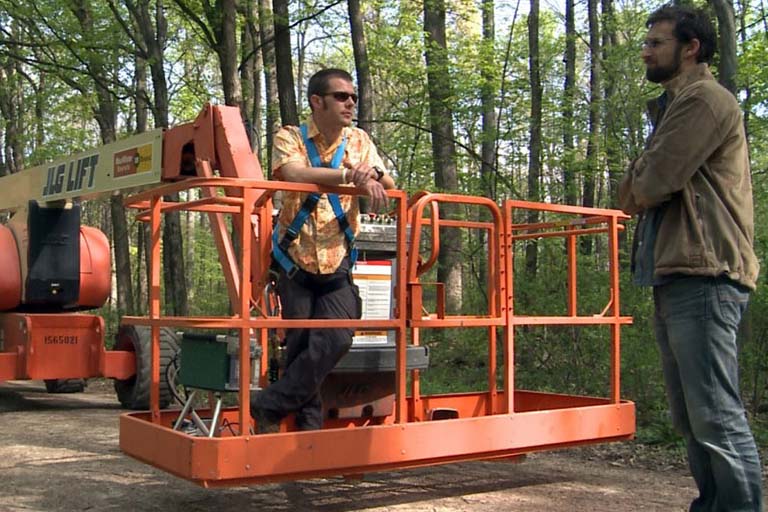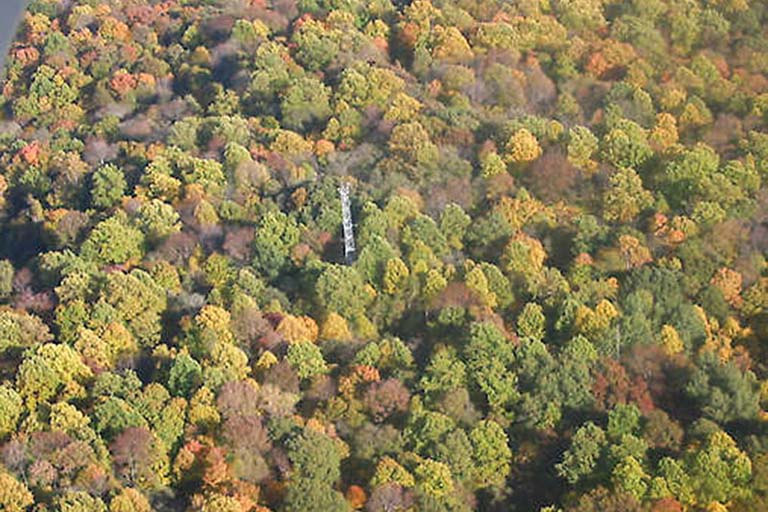Project details
Collaborators
Mendy Smith, Colorado State University (Drought-Net)
Osvaldo Sala, Arizona State University (Drought-Net)
Kim Novick, Indiana University (MMSF)
Research summary
Many climate models predict increases in the frequency and intensity of droughts in temperate biomes. Droughts reduce carbon uptake by vegetation and, thus, reduce the potential of forests to slow climate warming. Droughts are also likely to impact soil microbes, which control nutrient availability and greenhouse gas fluxes. Our group is investigating the carbon consequences of drought in forests and the degree to which species-specific adaptations to water stress (trees and soil microbes) influence the magnitude of this effect.
Project 1: Drought-Net
Many regional and global climate models predict increases in the frequency of droughts resulting from reduced rainfall and high temperatures. To the extent that droughts reduce carbon uptake and storage by forests, droughts may amplify the effects of climate warming. The goals of Drought-Net are to establish an international network of scientists with a common interest in quantifying the impacts of drought on ecosystems. Our goal is to build this network in order to advance our general understanding of how terrestrial ecosystems may vary in their response to drought and, more specifically, to assess the mechanistic basis for differential sensitivities of terrestrial ecosystems to drought.
Project 2: Carbon consequences of drought in temperate forests
Temperate forests are the largest terrestrial sinks of atmospheric CO2 globally, but the extent to which these forests will sequester carbon in the wake of climate change remain poorly known. While rising temperatures could increase C uptake by plants by lengthening the growing season, a greater frequency and intensity of droughts could decrease C uptake by plants owing to photosynthetic declines. Further, microbes—which control greenhouse gas fluxes from soils—are both temperature- and moisture-sensitive. We are currently quantifying the carbon consequences of drought by measuring the response of tree growth (using long-term biometric plots and root in-growth cores) and forest carbon balance (measured by eddy co-variance and remote sensing) to changes in soil water availability. A primary focus of this research is to investigate differences in tree species’ sensitivities to water stress at the leaf-level (using a boom lift) and stem-level (using sap flux probes and dendrometer bands).
Research locations
- Terrestrial ecosystems all over the globe
- Morgan-Monroe State Forest, IN




